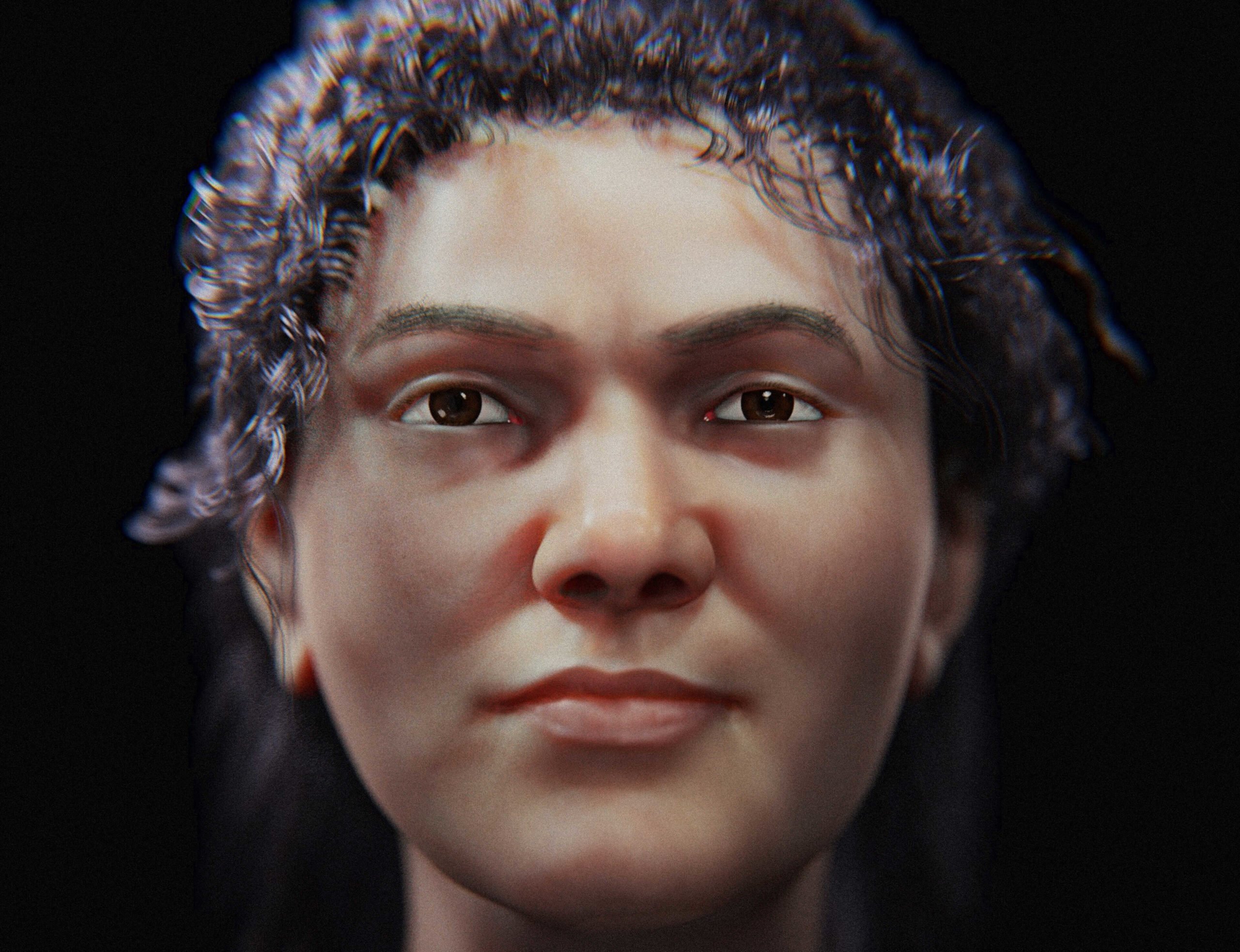
Back in 1950, archaeologists found a skull cut in half, buried deep in a cave in the Czech Republic. Initially, they believed it belonged to two different people.
Years later, however, when scientists analyzed the skull’s genes, they realized it actually belonged to a single person—a woman who lived 45,000 years ago, reported Live Science.
Scientists named her “Zlatý kůň woman,” meaning “golden horse” in Czech, as a tribute to a hill near the cave.
When they further studied her DNA, they found out that about three percent of her genes originated from Neanderthals.
This suggests she belonged to a group of early humans who probably interbred with Neanderthals. Moreover, her genome holds the record as the oldest one ever sequenced from a modern human.
Face reconstruction of 45,000-year-old modern human

Although scientists have gathered much information about the woman’s genes, there’s still limited knowledge about her physical appearance.
However, a recent online paper published on July 18th describes a new way to determine what she might have looked like. Scientists used facial approximation to give us some insight into her possible appearance.
To create an image of the woman’s face, experts relied on data from various computed tomography (CT) scans of her skull available in an online database.
However, much like archaeologists who discovered her remains over seventy years ago, scientists have again discovered missing cranial parts. A significant portion of the left side of her face is missing.
Cícero Moraes, one of the researchers involved in the study, revealed something quite interesting about the skull. That is, after the woman’s death, it seems that an animal gnawed on it.
The animal could have been either a wolf or a hyena, both of which existed in the area during the specified time period.
Digitally creating missing parts of a woman’s skull
To fill in the gaps, Moraes and his team relied on statistical data from a previous reconstruction of the skull completed by researchers in 2018.
Additionally, they referred to two CT scans—one of a woman and another of a man—to help them digitally recreate the missing parts of the woman’s face.
Moraes mentioned that the strength and solidity of the facial structure, particularly the lower jaw, were the most striking features.
When archaeologists originally discovered the skull, they initially believed it belonged to a man. It’s not hard to see why. The skull contains traits, such as a notably sturdy and robust jaw, closely resembling those of present-day males.
See all the latest news from Greece and the world at Greekreporter.com. Contact our newsroom to report an update or send your story, photos and videos. Follow GR on Google News and subscribe here to our daily email!



